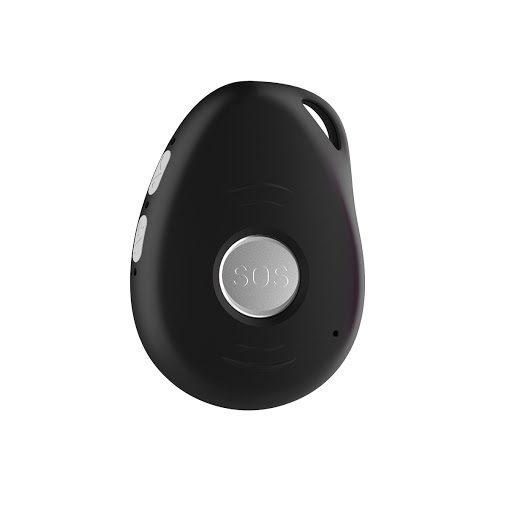Personal safety equipment, also known as PPE, protects individuals from harm and risk in the workplace. Examples of personal protective equipment include hard hats, earplugs, respirators, safety glasses with side shields or face shields, gloves, and chemical-resistant clothing. It should be used to minimize exposure to hazards such as fire, chemicals, and electricity. It’s important to note that the use of PPE should always be paired with other methods of protecting workers such as inspections like restaurant and food factory inspections, assessments such as health and safety risks, and training programs.
PPE is the last line of defense against illnesses, injuries, and even fatalities in the workplace. Typically, it is used in conjunction with other control measures such as engineering controls, which seek to design safer mechanisms and coach safe human behavior, and administrative controls, which are designed to reduce the risk of an incident occurring.
img width="461" src=" ">
The specific type of personal protective equipment a person uses depends on the task they perform. https://loneworkerdevices.co.uk/geofence-2/ For example, construction workers should wear steel-toed boots or protective gloves when handling potentially dangerous materials. https://loneworkerdevices.co.uk/lone-worker-alarm/ Meanwhile, laboratory employees should wear protective suits or lab "moonsuits" to avoid inhaling fumes and contamination. Surgical masks can protect the skin from contaminating surfaces, while respirators can help prevent breathing in small germs such as tuberculosis bacteria and measles or chickenpox viruses. https://loneworkerdevices.co.uk/man-down-alarm/ Eye protection such as goggles and safety glasses are vital to protecting the eyes from splashes or sprays of chemicals or blood.
">
The specific type of personal protective equipment a person uses depends on the task they perform. https://loneworkerdevices.co.uk/geofence-2/ For example, construction workers should wear steel-toed boots or protective gloves when handling potentially dangerous materials. https://loneworkerdevices.co.uk/lone-worker-alarm/ Meanwhile, laboratory employees should wear protective suits or lab "moonsuits" to avoid inhaling fumes and contamination. Surgical masks can protect the skin from contaminating surfaces, while respirators can help prevent breathing in small germs such as tuberculosis bacteria and measles or chickenpox viruses. https://loneworkerdevices.co.uk/man-down-alarm/ Eye protection such as goggles and safety glasses are vital to protecting the eyes from splashes or sprays of chemicals or blood.
![[PukiWiki] [PukiWiki]](image/pukiwiki.png)
